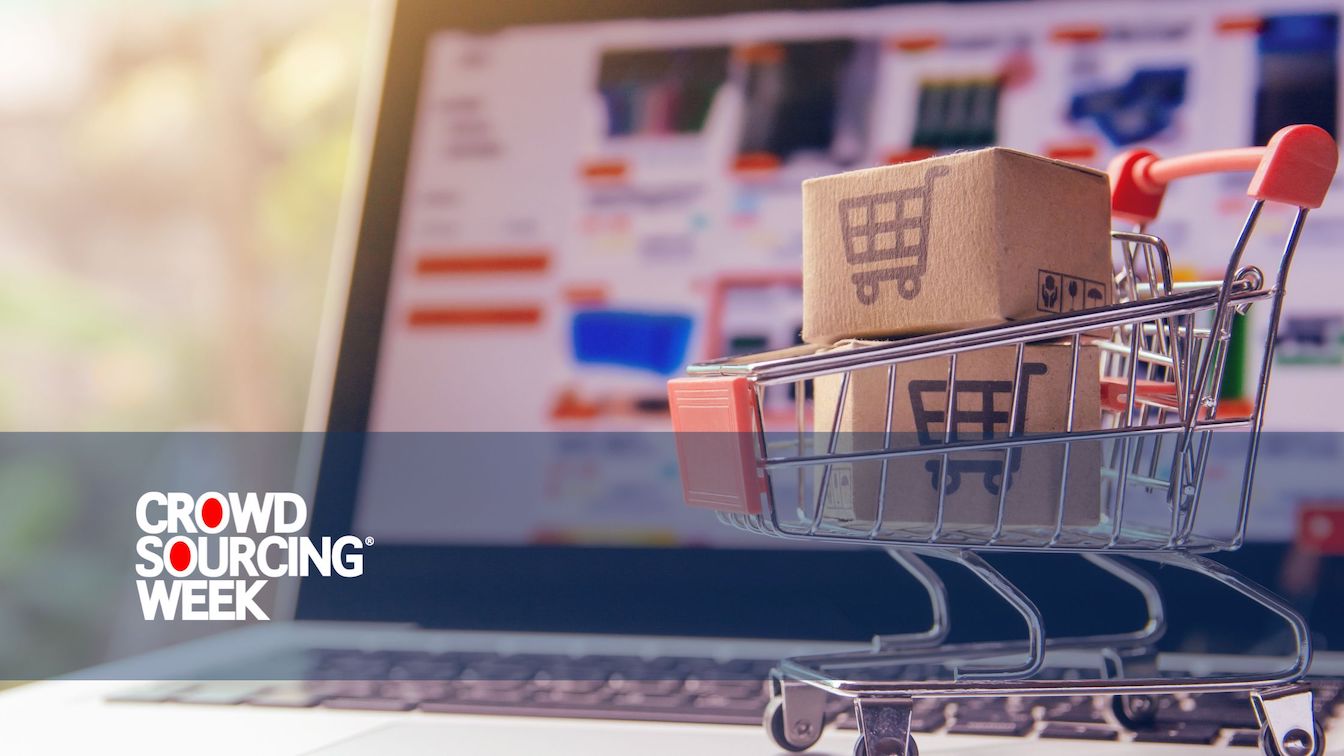Crowdsourcing can be a powerful tool for retail and e-commerce businesses to leverage the collective intelligence and creativity of their customers, plus the broader online community. Few brands have exploited its benefits to the degree of the LEGO toy company. It strengthens core customer loyalty, accelerates new product development with a broad diversity of ideas, provides product validation, and positions the brand as accessible rather than aloof. This blog looks at the best ways to harness a customer network for commercial purposes.
Marketing and Content Creation
Customers can be empowered through crowdsourcing in retail and e-commerce to become brand ambassadors. This can include offering equity through crowdfunding, which enables retail and e-commerce customers to become shareholders and elevates them up the customer loyalty ladder. Shareholders then have a vested interest in providing word-of-mouth support for the brands they buy and the outlets they buy them from, and create product sampling opportunities for family, friends and work colleagues. On social media, word of mouth becomes scalable, trackable, and sometimes viral.
The collective intelligence of crowds of retail investor shareholders also provides a sounding board for new product development and marketing ideas, rather than pay for market research companies to do the same work. Some of the investors will be proactive and offer ad hoc suggestions anyway, regardless of whether they have been asked or not. They may also be able to provide valuable business contacts to help accelerate a company’s growth, without having to invest enough money to be regarded as an angel investor.
Partnering with dedicated customers or influencers creates branded content and reviews, or promotes products directly on their social media channels. Platforms like AspireIQ can help manage influencer marketing campaigns and position the influencers as brand ambassadors. It believes its clients can gain a competitive advantage through building their marketing influencers into a true community, rather than approach the process on a purely transactional basis.
There is also the Because I Love It platform (BILI) that matches non-celebrity influencers who have mid-size networks of followers and want to create a new income stream, with brands willing to pay for their support and endorsement. Smaller creators boast higher engagement rates than celebrity influencers can command, though it means more work for marketing teams to sign up a greater number of smaller creators and manage a greater variety of creative executions.
Store Checking
Retail shoppers can be recruited to provide a high number of reliable checks that products are available in stores, and displayed according to any agreements between the brand owners and retailers. This can include shelf height, end of aisle prominence, distance from or proximity to main rivals, and the presence of marketing material such as shelf wobblers and bin-ends.
Smartphone images sent with brief comments by many shoppers can quickly build up to give a representative picture derived from collective intelligence, and enable service providers to provide clients with effective and actionable summary reports.
Notable service providers include the Dutch based company Roamler. It specializes in managing crowdsourced solutions to carry out widespread and repeatable tasks across Europe, including checking shelves and displays in shops, through its Retail Monitors division.
TraxRetail, headquartered in Singapore, provides a fully robotic service, and BeMyEye is a UK company operating globally in this sector. Another UK operator is Field Agent, which has access to two million shoppers in seven countries.
Product Descriptions and Reviews
Incorporating authentic customer insights not only provides valuable social proof for potential buyers but also encourages other customers to leave detailed reviews, which in turn helps identify areas for product improvement based on real-world usage.
The Yotpo platform provides advanced solutions for email and SMS marketing, loyalty and referrals, subscriptions, reviews, and visual UGC. This helps businesses collect and manage customer reviews across various touchpoints, including product pages and emails.
PowerReviews provides businesses with tools to collect high-quality product reviews, incentivize customer participation, and analyze review data for product improvement. They can also collect, display and analyze user-generated content (UGC) to drive more customer conversions and income growth.
Bazaarvoice is a technology company based in Austin, Texas, and it provides software that allows brands and retailers to collect and display several types of user-generated content on their e-commerce websites. It offers a suite of tools to manage customer reviews, questions and answers, and visual content for product pages. It has retail clients in several key sectors including clothing, home improvements, food and beverage, consumer electronics, and health and beauty.
Customer Support and Troubleshooting
Crowdsourcing in retail and e-commerce includes tapping into the collective intelligence and knowledge of a user base.
It is then possible to implement community forums or Q&A sections where customers can help each other with product-related questions or troubleshooting. This fosters a sense of community, reduces strain on a brand-owner’s support team, and allows customers to learn from each other’s experiences.
Tech-related product manufacturers and stockists can consider leveraging existing online communities like Stack Overflow where users can answer each other’s questions.
Help Scout provides software that helps businesses build their own robust customer support communities and forums where users can self-serve or assist each other with troubleshooting. It helps a business use Customer Service as a marketing tool to enhance its reputation. Help Scout has always been a remote-working company, allowing it to hire the best people – wherever they are.
Zendesk Guide is a popular platform tailored to enterprise clients for creating knowledge base articles, FAQs, and online communities to empower customer self-service. Clients include Wine.com, an ecommerce platform for buying wine and alcoholic spirits which claims to be the world’s biggest online wine store.
Localisation and Translation
Ensure your brand resonates globally by crowdsourcing accurate translations. Sloppy translations are easy to spot, and can foster an impression of oversight and untrustworthiness in other product or service areas. This can be particularly damaging when entering new foreign markets.
Platforms like One Hour Translation connect users with a network of human translators who can localise generic product descriptions, marketing materials, or website content for international audiences. This helps deliver a culturally relevant experience for diverse customer bases. Clients include Amazon, Subway and ecommerce fashion site Trendyol.
Lokalise was founded in Riga, Latvia, and today has over 300 remote worker employees from over 25 countries. It provides businesses with translation management tools, integrations with e-commerce platforms, and access to a network of professional translators. Its clients include Starbucks and the motor company Hyundai that is repositioning itself as a “mobility solutions provider.”
Key Takeaways
By strategically using crowdsourcing in retail and e-commerce, businesses can harness the collective intelligence of customers to gain valuable insights, improve product development, build brand loyalty, and ultimately drive sales.
The relevant platforms mentioned here are not an exhaustive list, and the best platform for anyone’s needs will depend on their specific goals and budget. It’s important to research and compare different options to find the best fit for any particular retail or e-commerce business.
Some examples of how packaged grocery brands are using crowdsourcing are in another Crowdsourcing Week blog. Have you some insight or experience in the retail and e-commerce sector you’d like to share with us all?







0 Comments